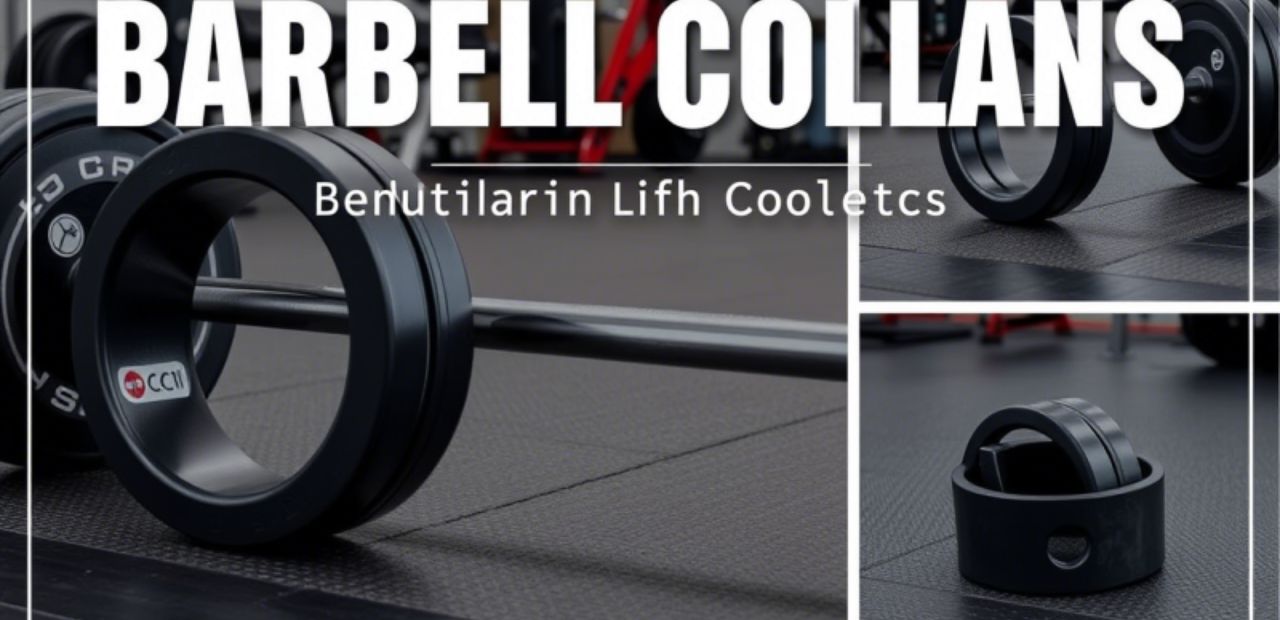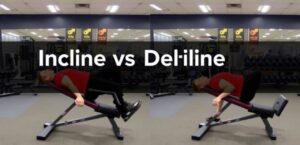Barbell collars are an essential piece of gym equipment that ensure your safety and enhance your workout efficiency.
Whether you’re lifting heavy or just doing moderate weights, having secure weights on your barbell is crucial. In this article, we’ll walk you through everything you need to know about barbell collars, from types to how to choose the right one for your needs.
Why Are Barbell Collars Important?
Barbell collars are locking devices that fit onto the ends of a barbell to secure weight plates in place during exercises like squats, bench presses, and deadlifts. They prevent weights from sliding off the barbell, ensuring the safety of the lifter and allowing for a smooth workout sess
- Safety First
The primary function of barbell collars is to keep the weights firmly attached to the barbell. If the plates move during a lift, it can cause an uneven load, risking injury or accidents. Collars help prevent this by securely locking the plates in place. - Improved Performance
When the weight is evenly distributed, you’ll have better control over your lifts. Barbell collars also reduce the chances of plate slippage during exercises, allowing you to focus on your form and overall performance. - Efficiency
Collars make it easy to load and unload weights quickly. This can be especially useful during circuit training or when doing supersets, as you don’t want to waste time fiddling with your weights.
Types of Barbell Collars
There are various types of barbell collars available on the market. Here are the most common ones:
Spring Collars
Spring collars are the most basic and budget-friendly option. They work by clamping onto the barbell’s sleeve using tension from a spring. While they’re lightweight and simple, they may not provide the tightest grip, especially with heavy lifting.
Lock-Jaw Collars
Lock-jaw collars are more advanced and feature a quick-locking mechanism. These collars are easy to use, offer a firm grip, and are known for their durability. They are an excellent choice for heavier lifts due to their secure fit.
Screw-On Collars
Screw-on collars require a bit more effort as they involve screwing the collar onto the barbell. However, they provide an extremely secure fit and are perfect for lifters who prefer maximum safety during their workouts.
Clamp Collars
Clamp collars are similar to lock-jaw collars but have a more modern and sleek design. They come in different locking mechanisms (such as lever-style or twist-lock) and are great for both heavy and light lifting. Many athletes prefer clamp collars due to their ease of use and secure fit.
How to Choose the Right Barbell Collar
When selecting barbell collars, it’s important to consider a few factors:
Weight Capacity
Different collars can hold different amounts of weight. If you’re lifting heavy, you’ll want collars that provide a strong and secure grip. Lock-jaw and clamp collars are ideal for heavier loads, while spring collars work well for moderate lifting.
Barbell Size
Make sure the collar fits the type of barbell you have. Most collars are designed to fit standard 2-inch Olympic barbells, but some models are adjustable for different bar sizes.
Material and Durability

Barbell collars are made from various materials like steel, plastic, or aluminum. While steel collars tend to be the most durable, they can be heavier. If you’re after something lightweight and portable, plastic or aluminum collars may be a better fit.Ease of Use
If you’re frequently changing weights, a collar that’s quick to adjust will save time and effort. Lock-jaw and clamp collars are often preferred for their fast locking mechanism, while screw-on collars take a little longer but offer a tighter grip.
Benefits of Using Barbell Collars
- Prevents Weight Shifting
Barbell collars prevent the shifting of weights during your lift. This is particularly important when lifting heavier loads or performing fast-paced exercises, where an imbalance can cause injury. - Enhances Training Efficiency
With secure collars, you can concentrate on your form and technique instead of worrying about the weights shifting. This enhances your overall training experience. - Increases Safety
Collars reduce the risk of the plates falling off the barbell during exercises, which can result in accidents or injuries. By ensuring the plates stay locked in place, you create a safer training environment.
Common Mistakes to Avoid When Using Barbell Collars
- Not Checking for a Secure Fit
Always double-check that your collars are properly locked before lifting. A loose collar can cause the weights to shift and create unnecessary risk. - Choosing the Wrong Type of Collar
Using a collar that doesn’t fit your barbell properly or isn’t designed for the type of lifting you’re doing can lead to accidents. Make sure to choose the right type based on your workout intensity and barbell size. - Overloading the Barbell
Even the best collars can’t prevent injury if the barbell is overloaded. Stick to recommended weight limits and use collars suited for heavier lifts if necessary.
Conclusion
Barbell collars are a small but crucial part of your fitness equipment that ensure safety and efficiency in your workouts. Whether you’re lifting heavy or just practicing form, a secure collar is necessary to keep your weights in place and minimize risks.
With various options available, make sure to choose the right collar for your barbell and lifting needs. Keep lifting safely and efficiently with the proper barbell collars!

Emily Rose Johnson is a passionate writer with a knack for crafting engaging content. She specializes in communication strategies, digital marketing, and creative storytelling.









